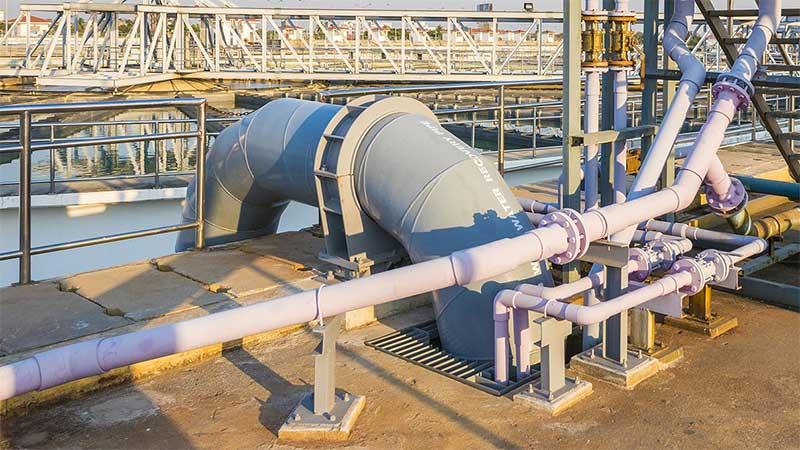Polyaluminium chloride, sodium hydroxide and sodium hypochlorite measurement in water treatment by chemical precipitation
Pure water is treated by removing chemicals, biological contaminants, suspended solids and gases, and thus making it suitable for human consumption and medical or industrial use.
Water treatment can be done by chemical precipitation.
The process starts with adding flocculants, such as polyaluminium chloride (PACl) and sodium hydroxide (NaOH) into raw water. This creates flocs that absorb the suspended pollutants in the raw water. PACl is stored in a tank where it tends to crystallize over a period of time. The in-line Polaris refractometer monitors the concentration of PACl for possible need for tank or pipe cleaning, thus preventing blockage caused by the PACl crystals.
NaOH regulates pH level, increases alkalinity and neutralizes acids in the water, enabling smooth coagulation and flocculation processes.
Further, particles suspended in water start to precipitate and agglomerate to form larger particles, known as flocs which form the sediment that is further removed from the process.
In the filtration stage the water goes through the layers of anthracite, sand and gravel. Here, organic compounds contributing to taste and odor are removed. Next, disinfecting chemicals such as sodium hypochlorite (NaOCl) are added to the water in order to inactivate any remaining pathogens and potentially harmful micro-organisms.
Also, fluoride may also be added to the water to reduce tooth decay and prevent chronic diseases.
Finally, in the disinfectant basin the water is purified and its quality control is carried out.
The Vaisala Polaris™ process refractometer provides in-line measurements of polyaluminium chloride and sodium hydroxide to ensure efficient flocculation of undesired particles. The refractometer can also be used to measure the sodium hypochlorite and fluoride at the water disinfection stage to ensure a high-quality purified water.
Learn the details of the chemical precipitation process from the application note.
Download the application note by filling the form.
Go back to all Chemicals & Allied Products applications
You can modify your preference settings or unsubscribe at any time here
